The fast fashion industry has become a defining feature of the American apparel market. You might be curious: How did it rise in the first place? How is it impacting the United States? And why do I think it is such a big issue? Don’t worry, I will answer all these questions in this article, and I am sure that you will be soon convinced to help change something about the current situation.
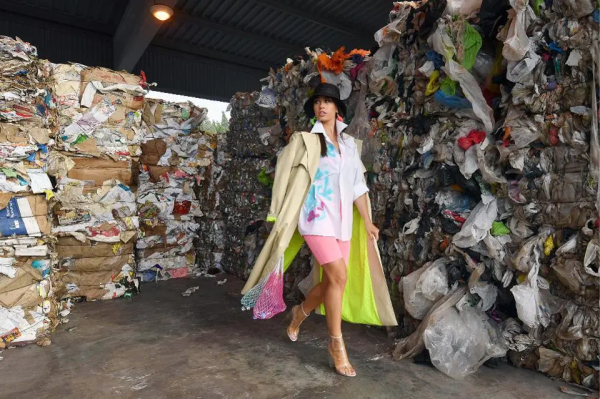
What is it? And how did it rise?
About 30 years ago, trend cycles sped up as shopping became a weekly activity for many. Fast fashion emerged at this point and introduced cheap clothing produced by mass-market retailers in response to the latest fashion trends. It lasted until today, and somewhat, has expanded throughout the years. Some of the very popular brands nowadays such as H&M, Zara, and Forever 21 are all examples of this model.
How is it impacting the US?
According to the American Apparel & Footwear Association, U.S. consumers purchase an average of 68 garments and seven pairs of shoes every year, most of which are made overseas.
Fast fashion retailers in the U.S. have economic success in their sales figures and expansion strategies. H&M, for instance, reported U.S. sales of approximately $3.4 billion in 2019, reflecting sector profitability. However, this financial prosperity comes at a cost. The industry is responsible for about 10% of global carbon emissions and is a significant consumer of water, with the production of a single cotton shirt requiring roughly 2,700 liters.
Why is it an issue?
As a result of pressure to reduce costs and accelerate production, working conditions in supply chains are often compromised. In 2013, the Rana Plaza disaster in Bangladesh, which resulted in over 1,000 deaths, brought global attention to fast fashion garment production conditions.
Despite these concerns, sustainable fashion is on the rise in the U.S.. Increasingly aware of the social and environmental impacts of their clothing choices, American consumers are turning to slow fashion, which emphasizes ethical production methods and long-lasting garments.
Accordingly, fast fashion has a multifaceted impact on the U.S. apparel industry, with significant economic, environmental, and social implications. Consumer advocacy and responsible business conduct may drive a change in the industry toward more sustainable practices as awareness of these issues grows.
For affecting garment longevity and utility, this shift encourages a consumer mentality that leads to overconsumption and materialistic living. Our planet’s resources are stressed by such consumption patterns, as well as our personal finances and mental health since fashion trends change constantly and can be financially and psychologically draining.
Furthermore, mass production methods that prioritize speed over skill and the use of less expensive materials are blamed for the lowered quality of fast-fashion items. As a result, the fit, color, and general integrity of the clothing can quickly deteriorate. Furthermore, the emphasis on speedy turnaround times coincides with a disposable fashion culture, which exacerbates ethical and environmental issues. This is because the quest for cost-effectiveness frequently results in unethical labor practices and environmentally hazardous practices, which further degrade the quality of these products.
A fast fashion industry-driven cultural shift highlights the need for a more sustainable approach to fashion where quality, sustainability, and ethical practices are valued over trends that come and go. The fashion industry can be more responsible and environmentally conscious with people embracing these values, fostering a culture that respects people and the environment.

















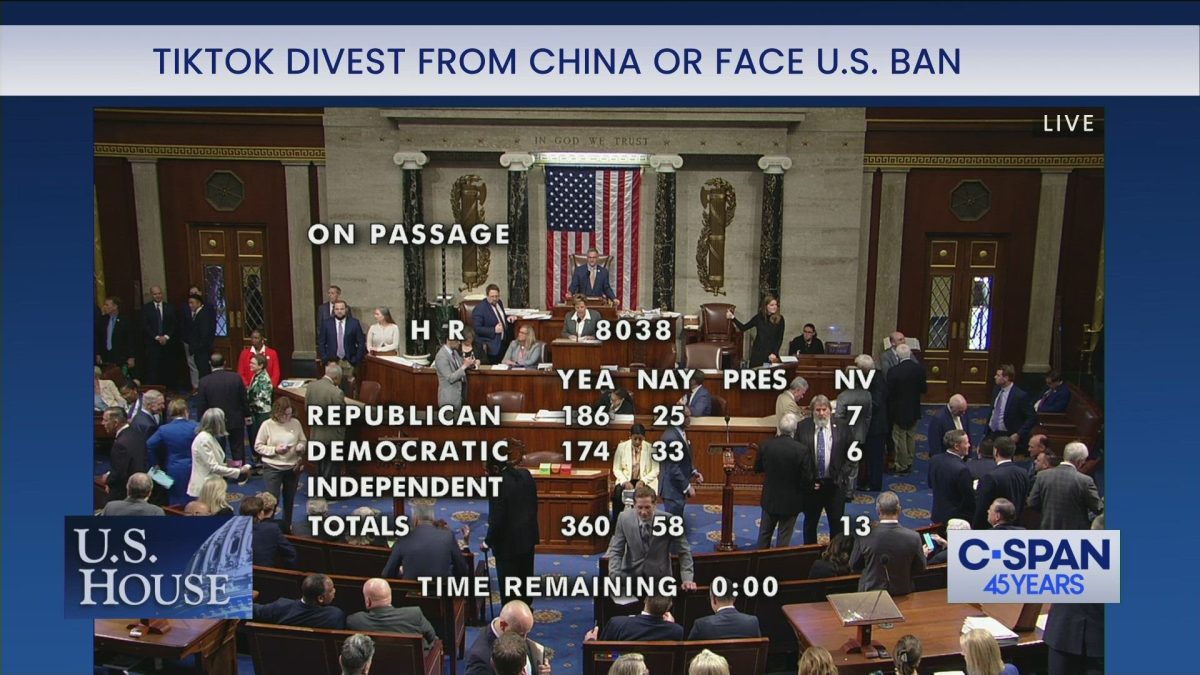

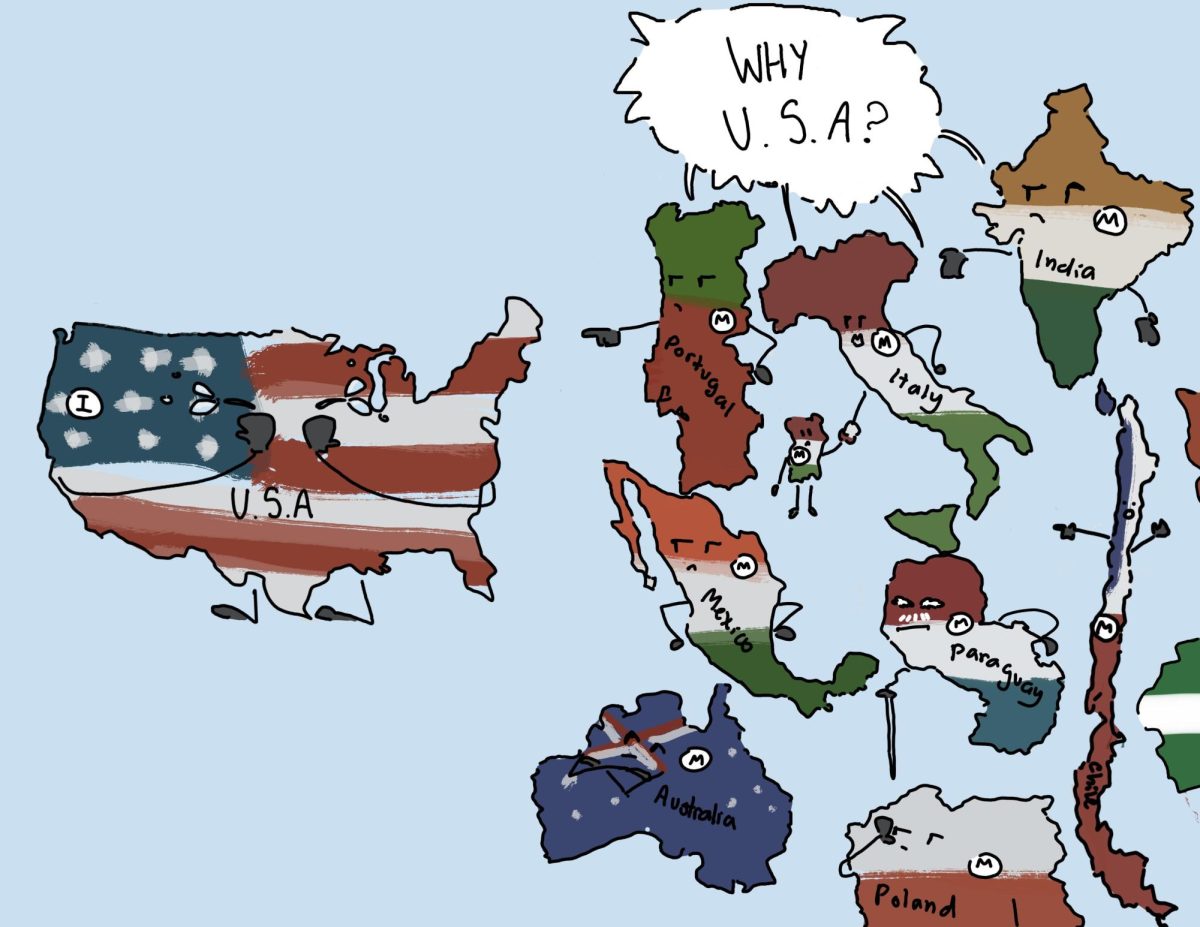






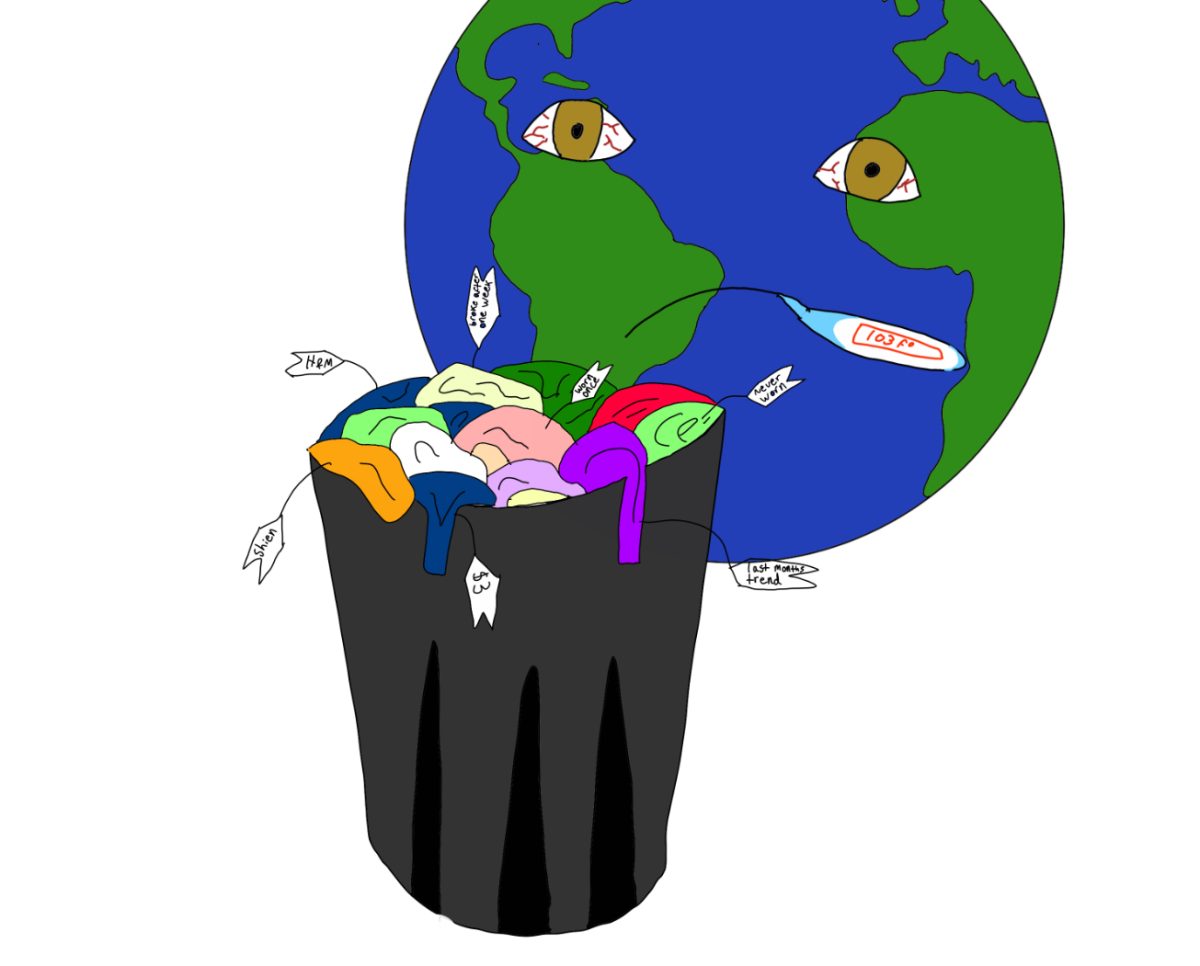

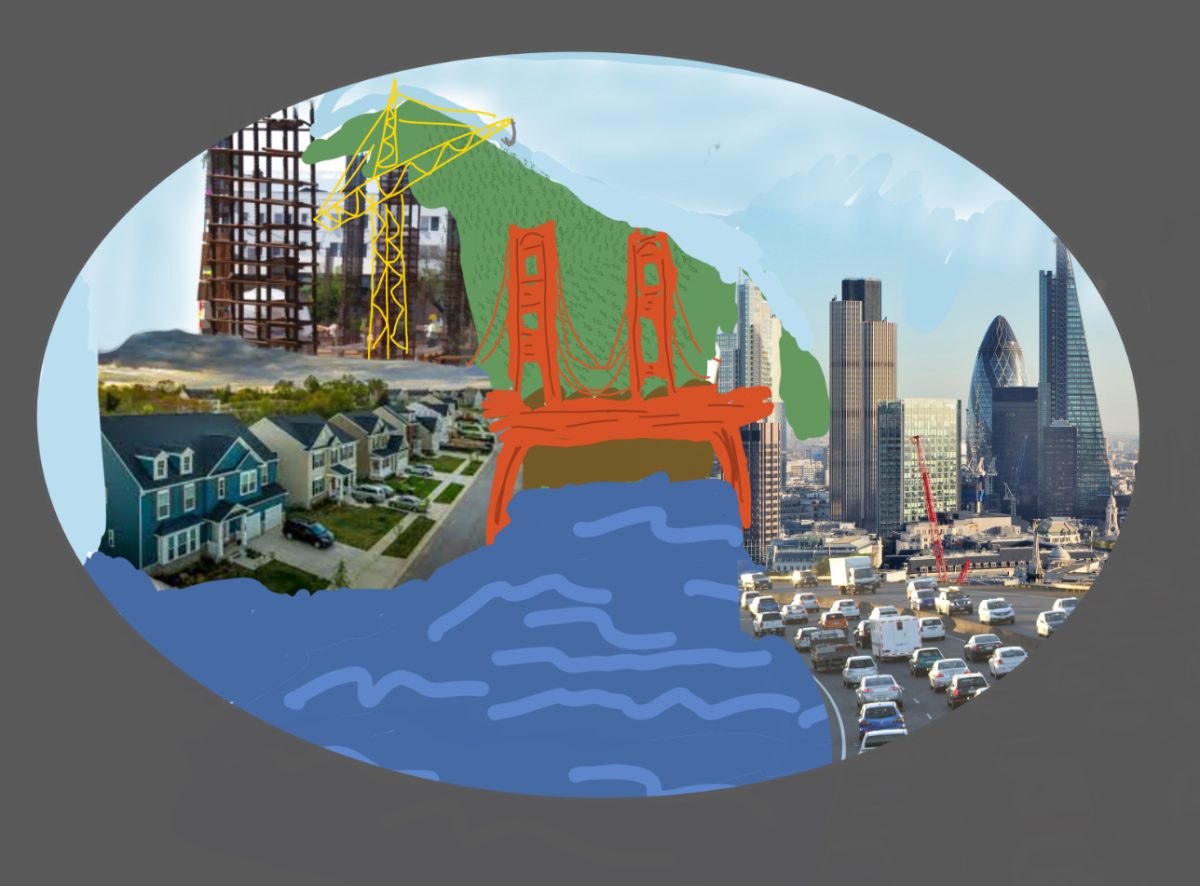


YuanJun • Nov 20, 2023 at 11:59 pm
Fast fashion can turn waste into treasure, also can meet people fast fashionable needs, can become an environmental protection industry.
Cindy • Nov 20, 2023 at 11:50 pm
Thank you for providing so much useful information that makes me pay more attention to this aspect.